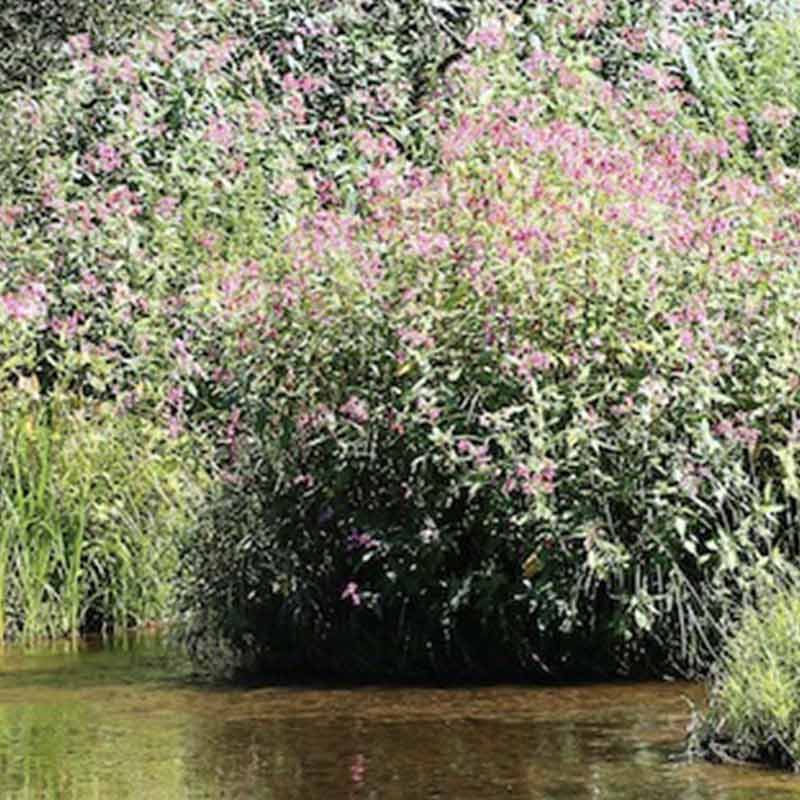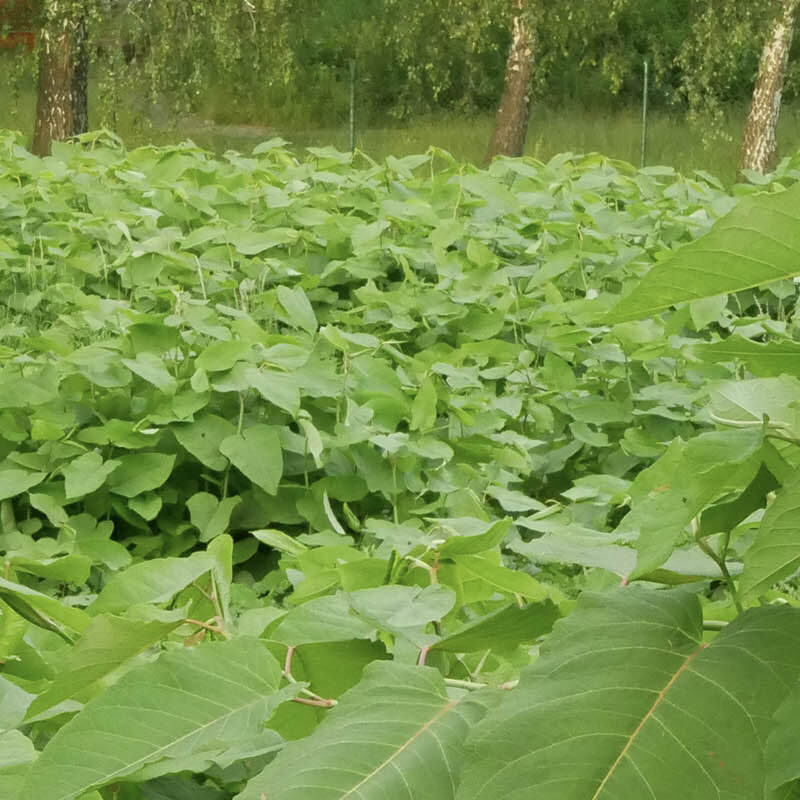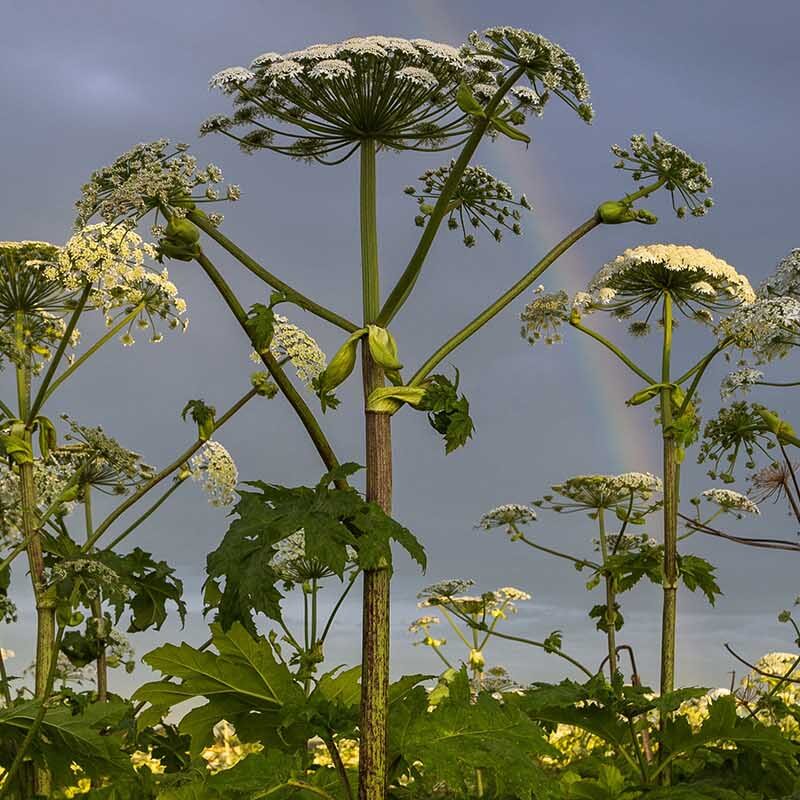Japanese Knotweed Management
Japanese Knotweed is a highly invasive plant that grows rapidly and form dense thickets. It poses a threat to native biodiversity by outcompeting local flora for resources such as light, water, and nutrients. If left untreated its extensive root system can damage infrastructure, including buildings and roads, leading to costly repairs. Effective management involves early identification and treatment. Herbicide application is a common method, but it requires multiple treatments over several years. Physical removal is also effective. However this is more expensive and care must be taken to prevent any fragments from spreading.
Contact Us


